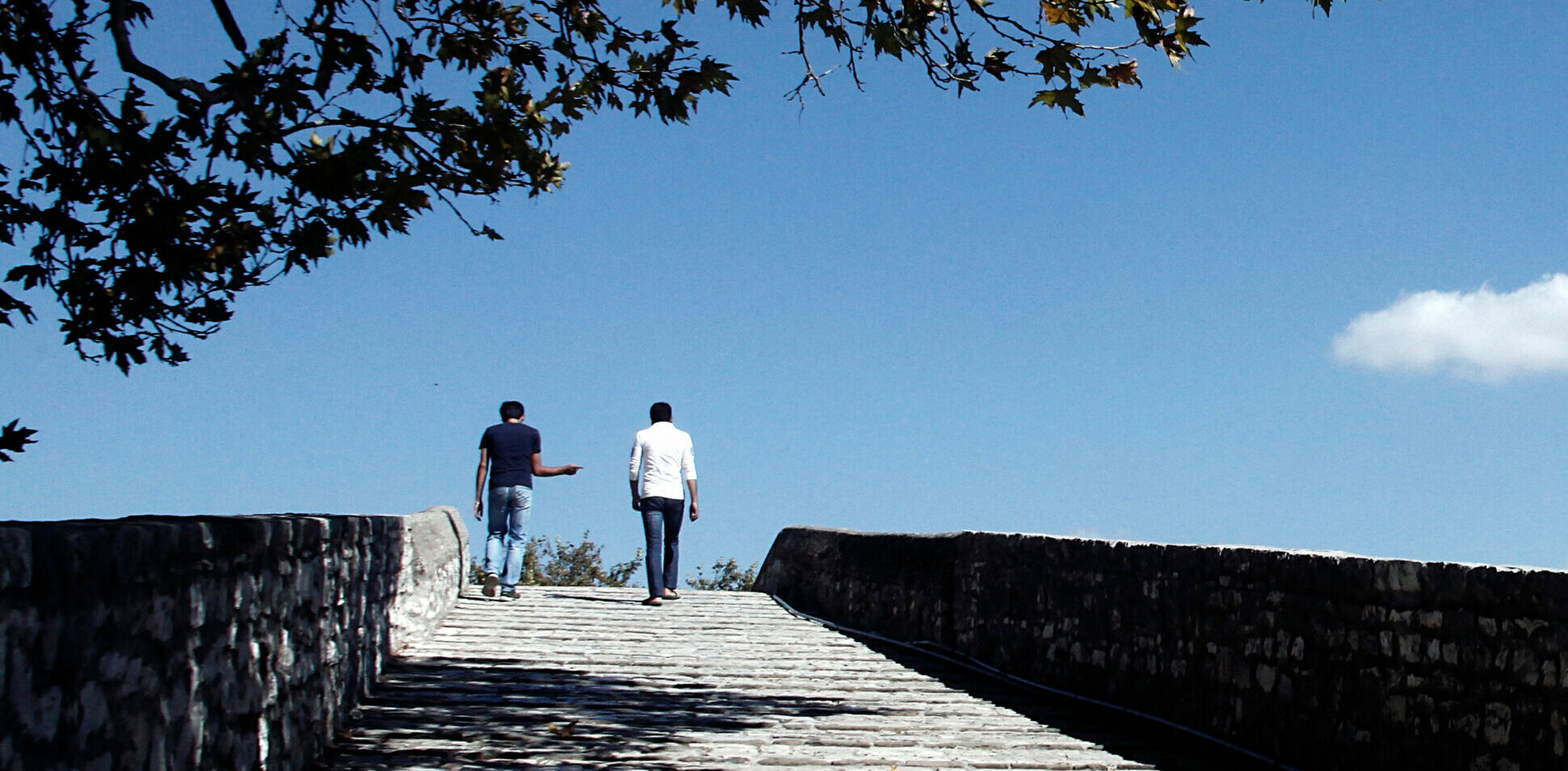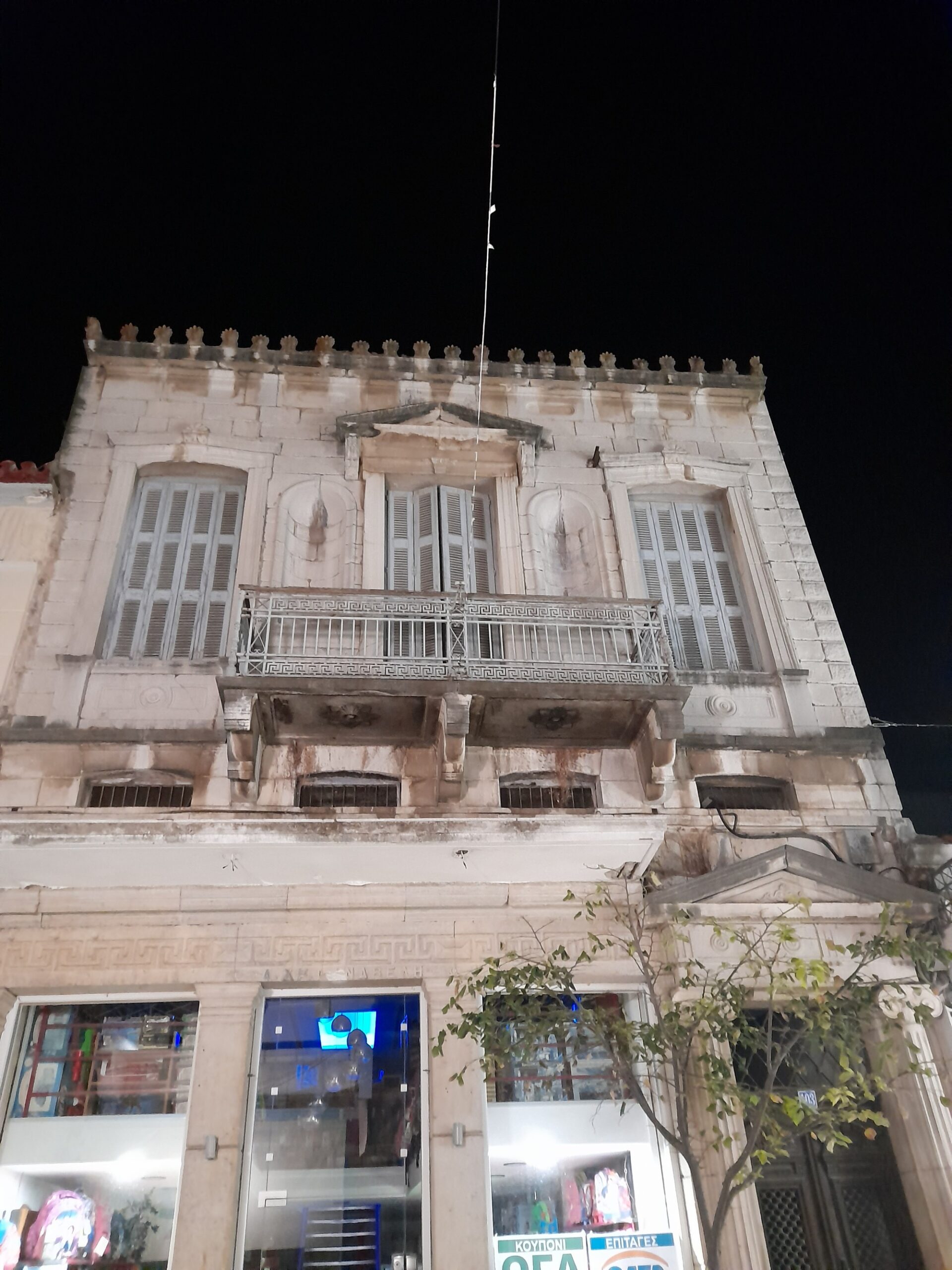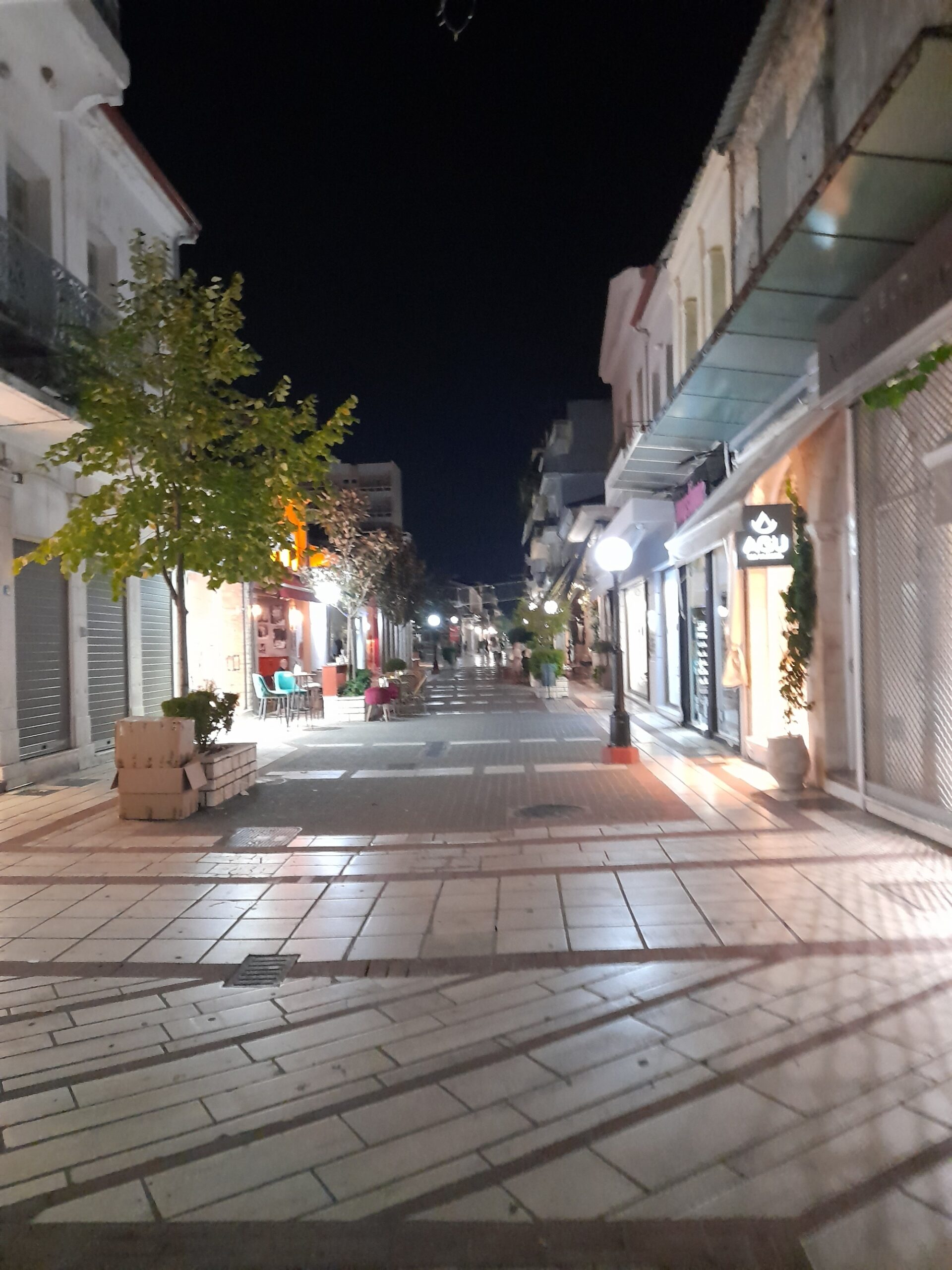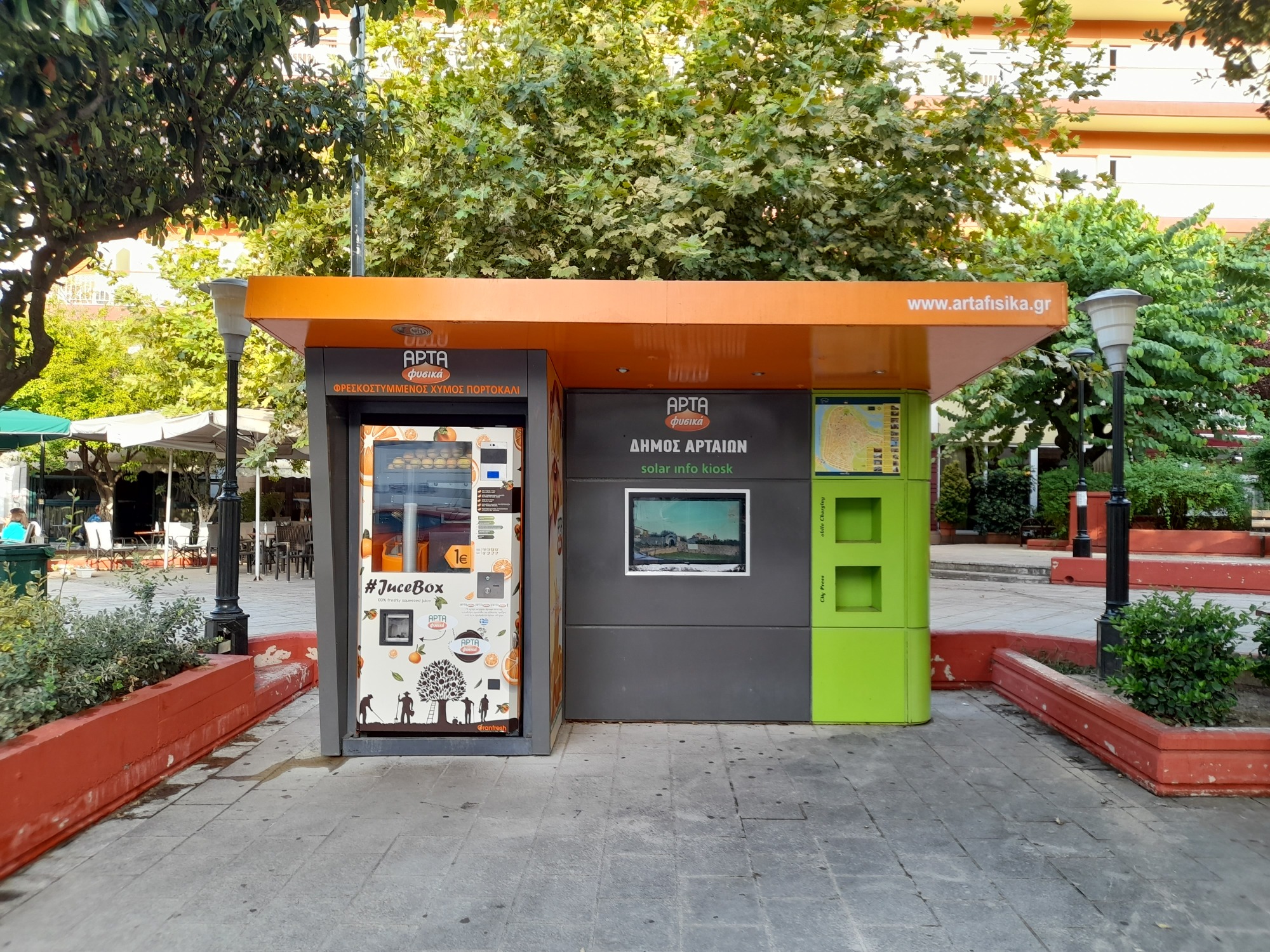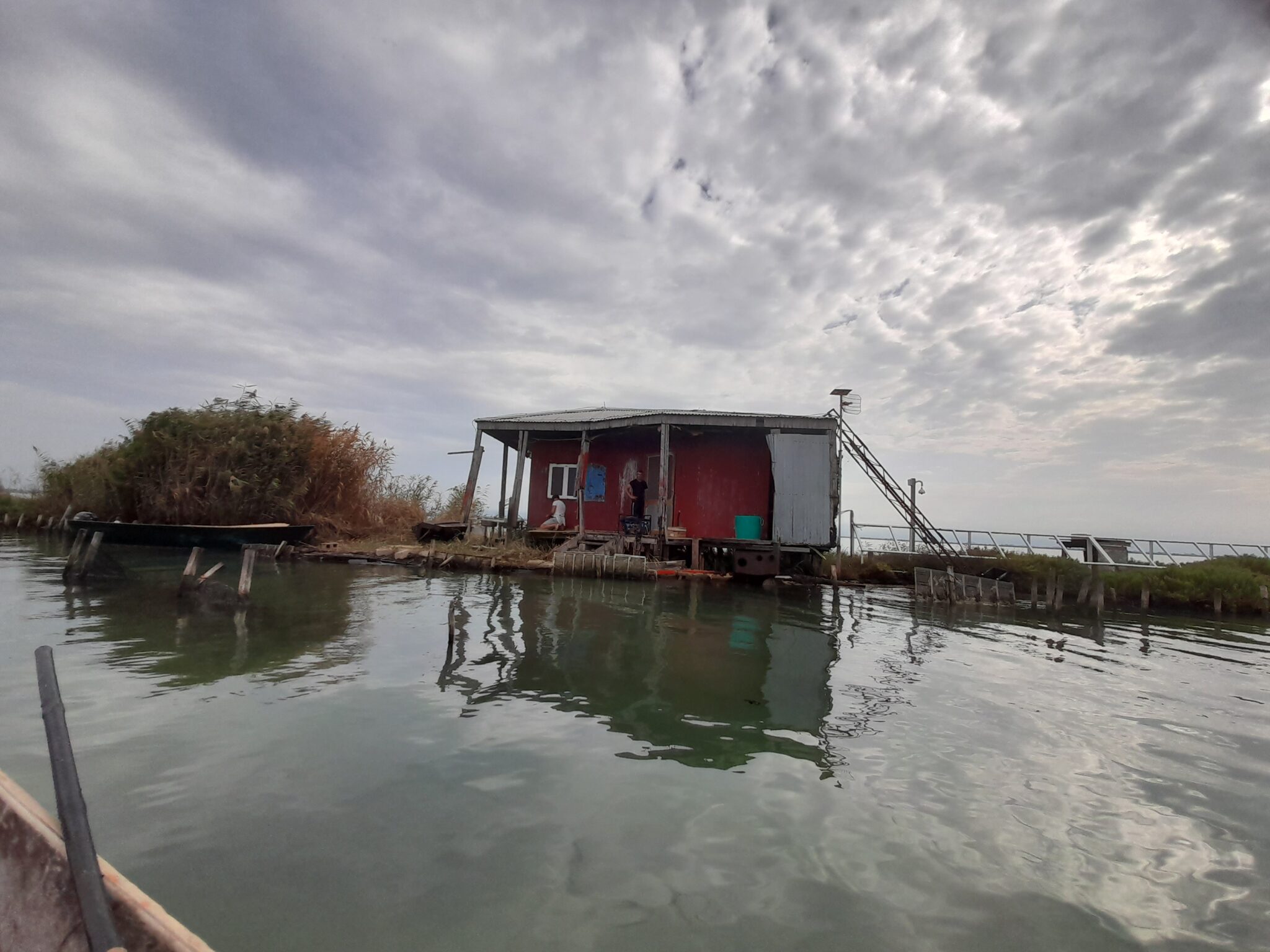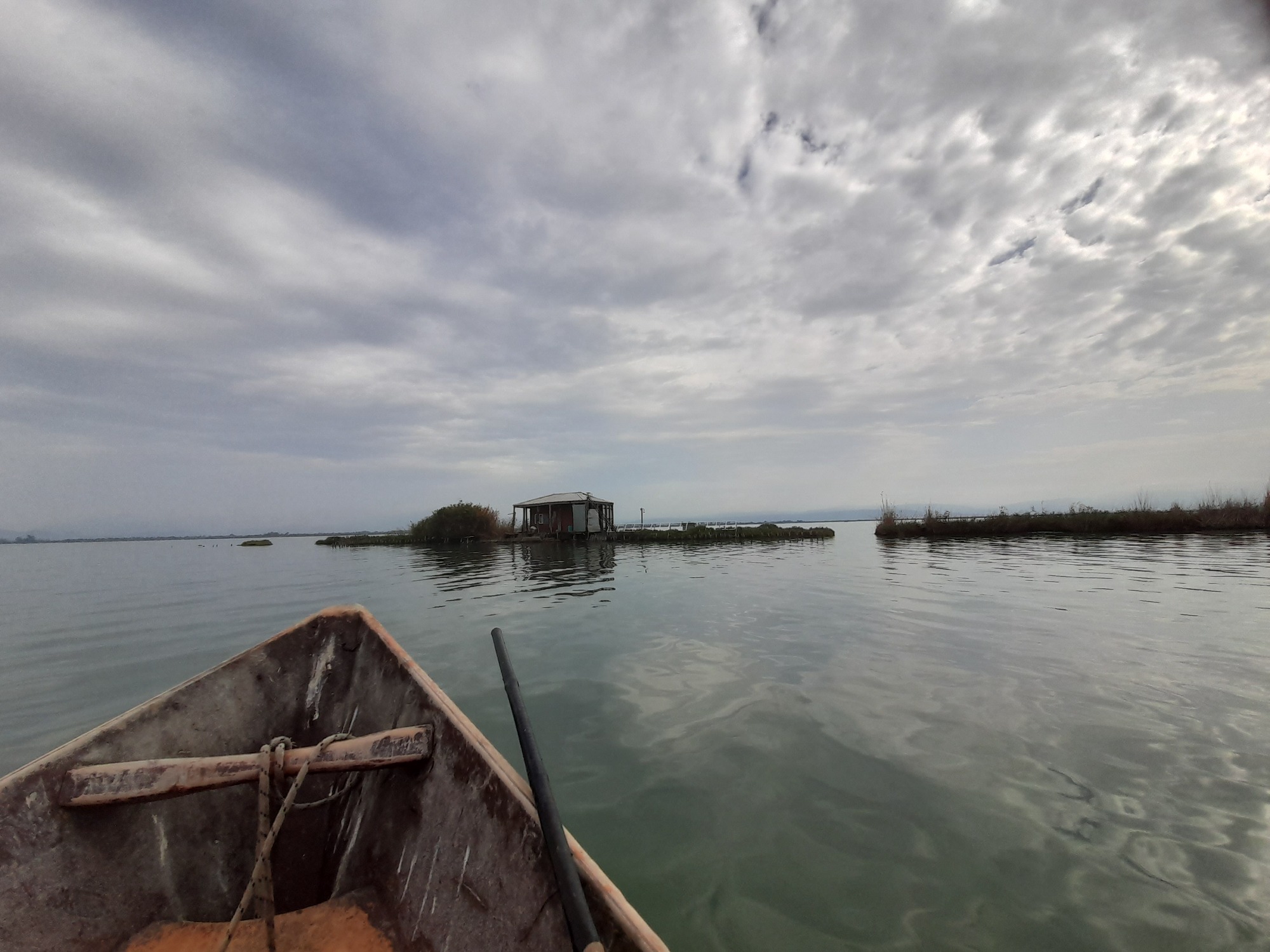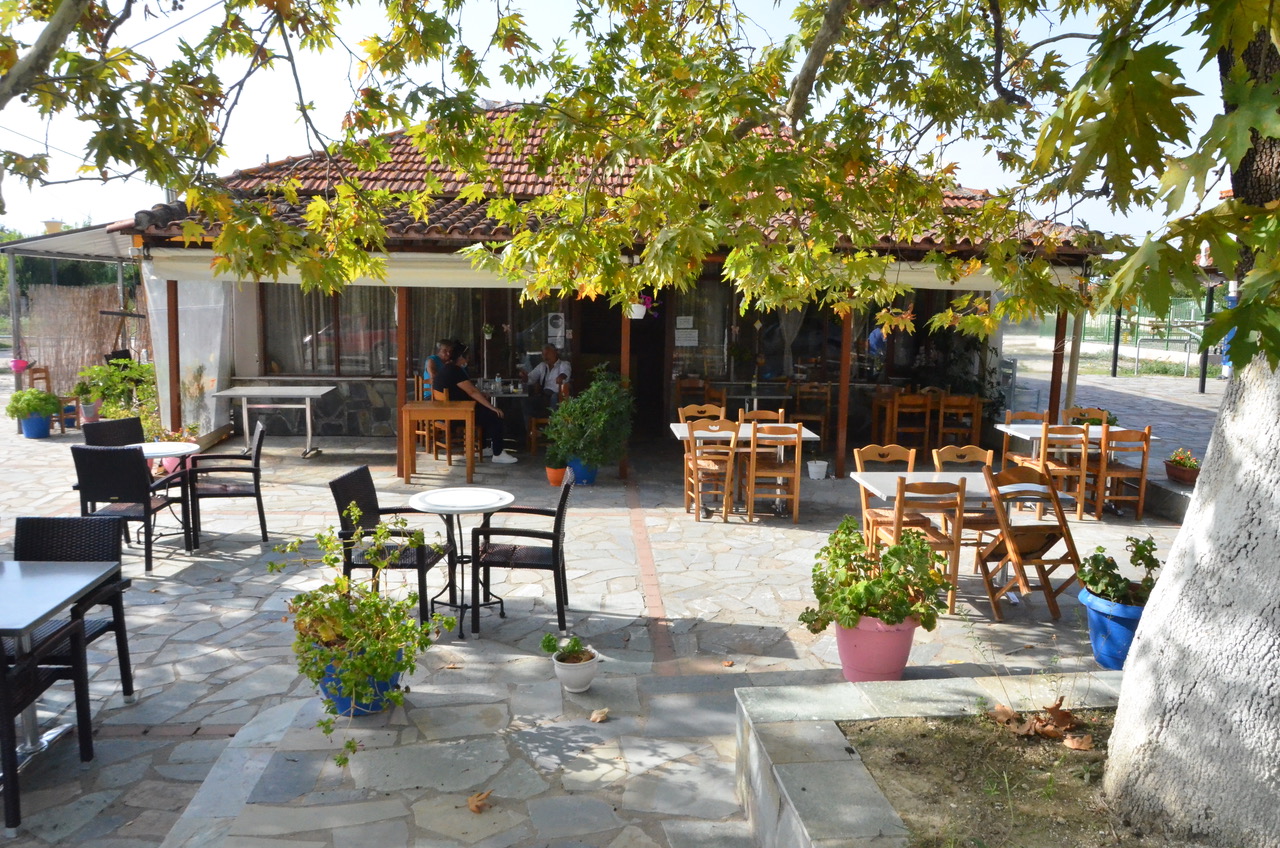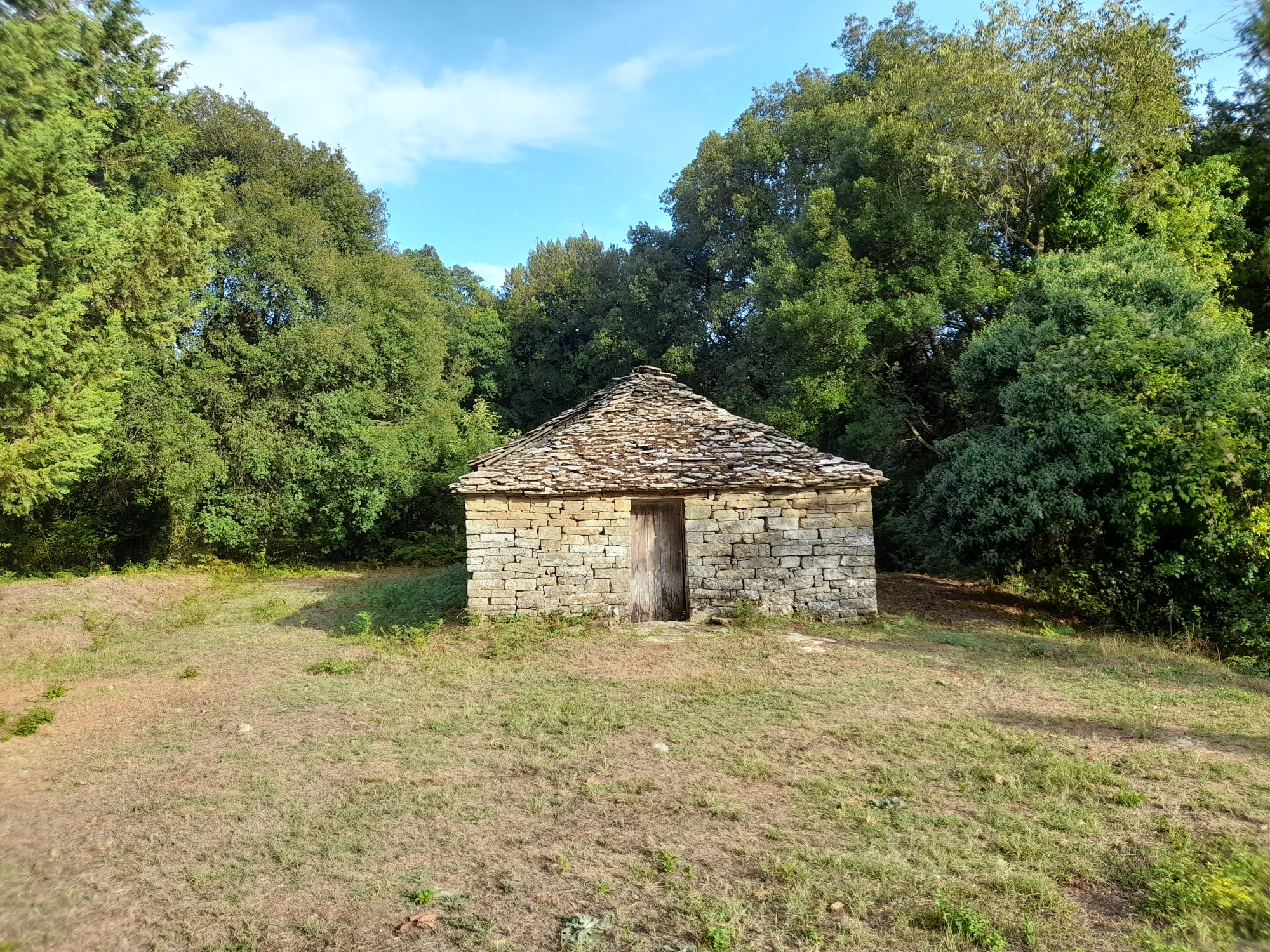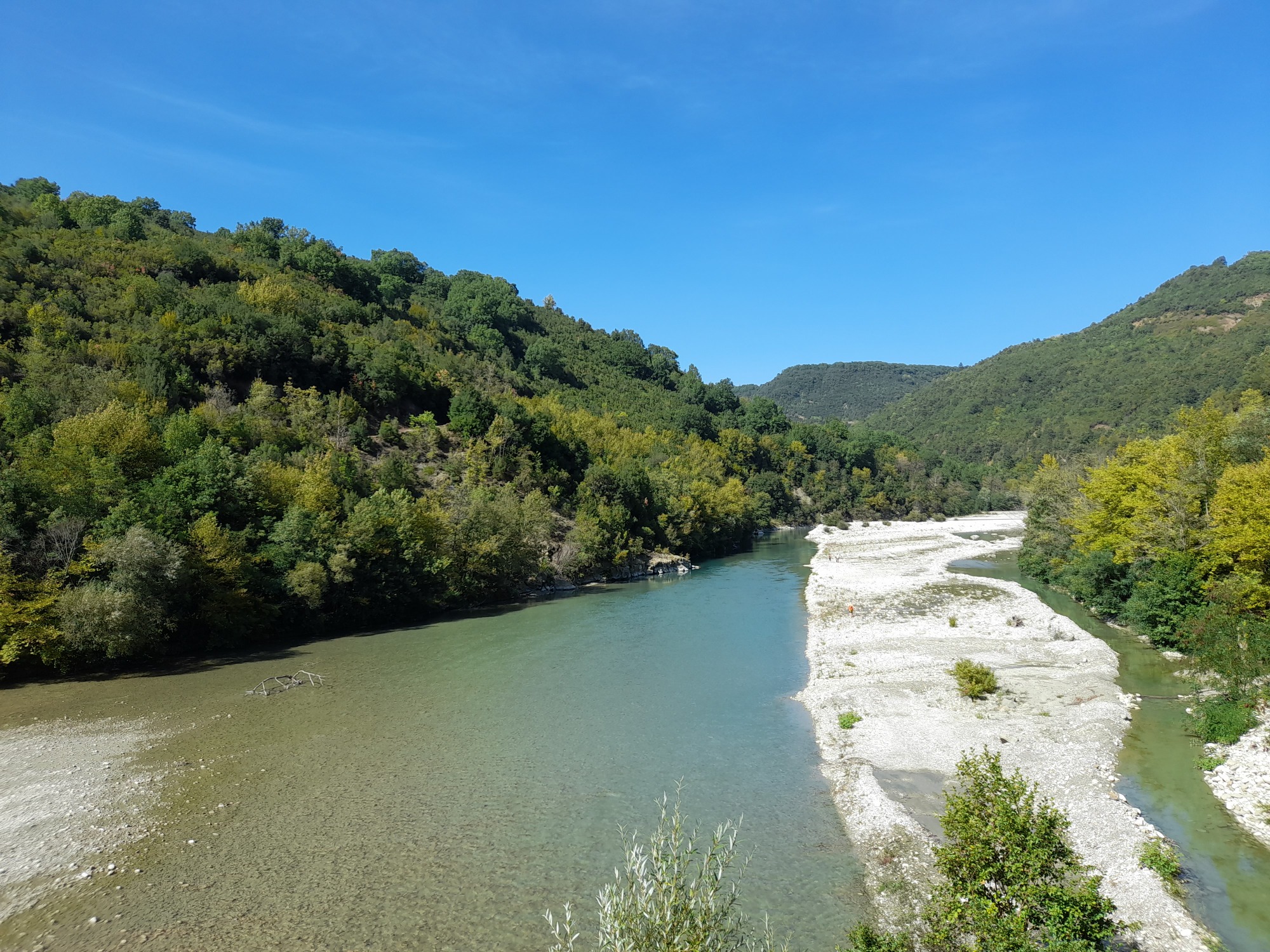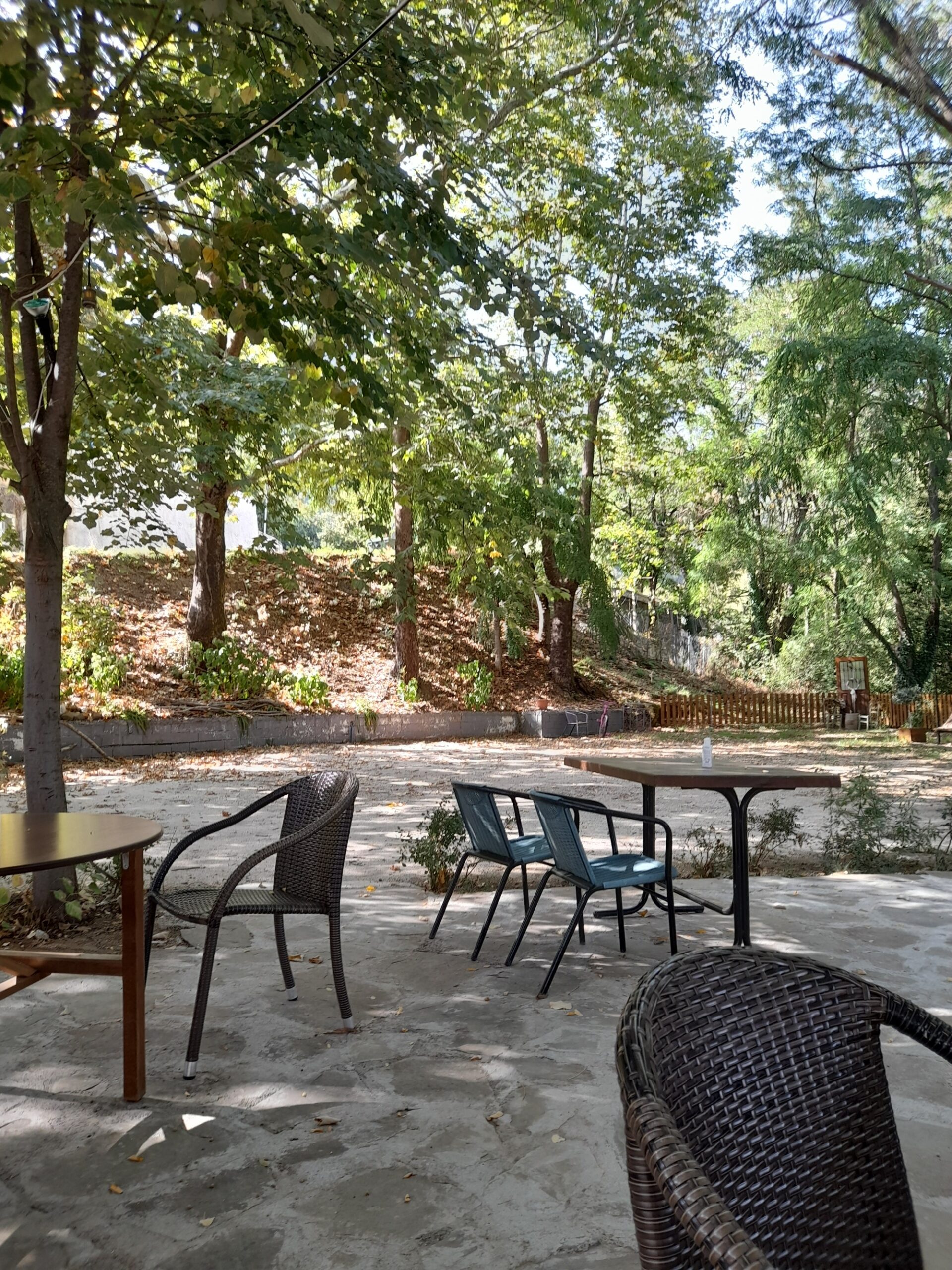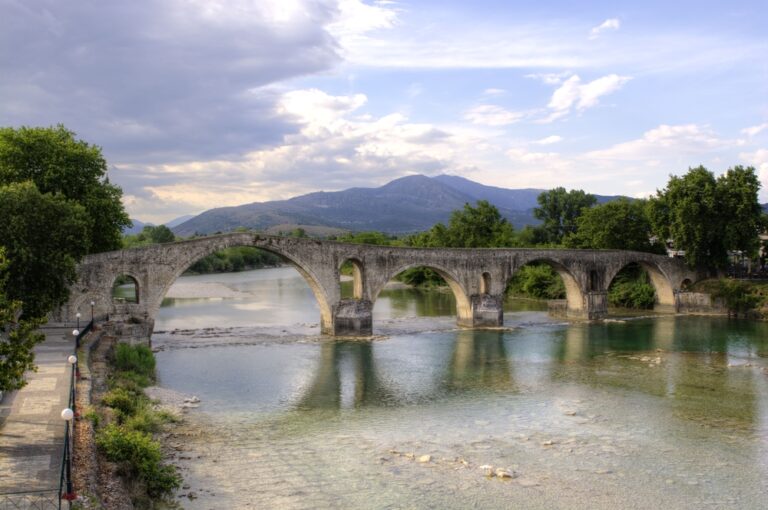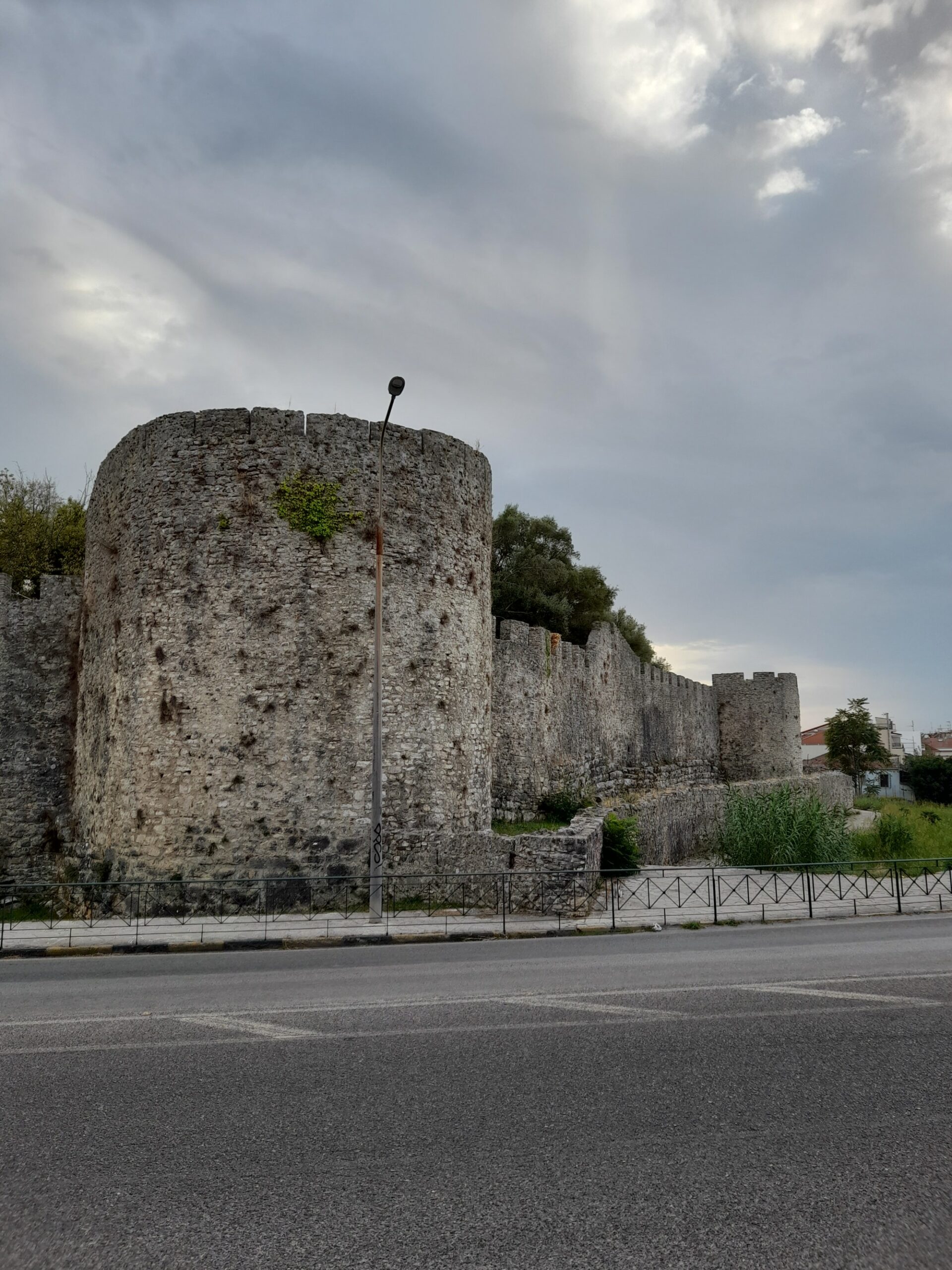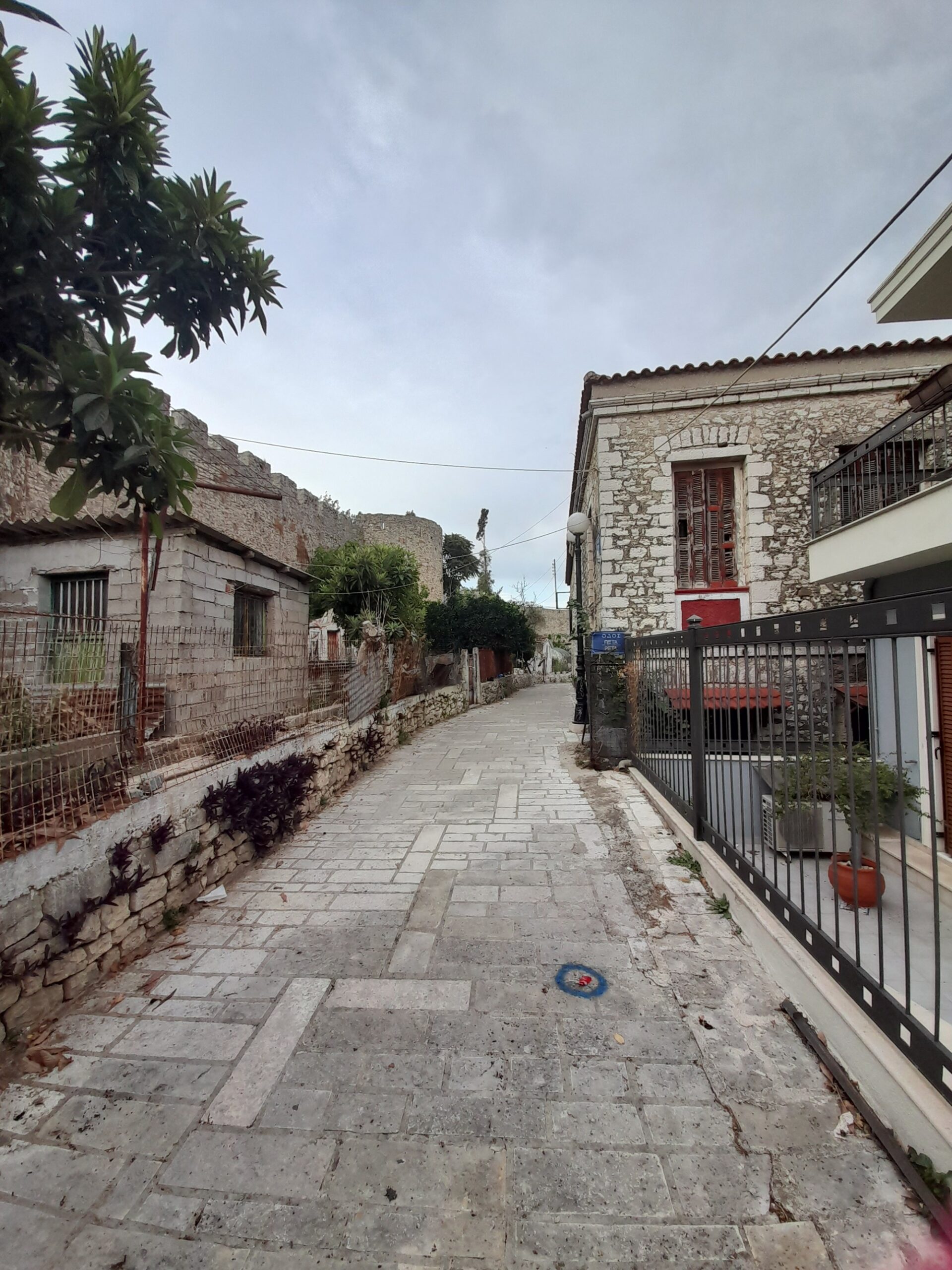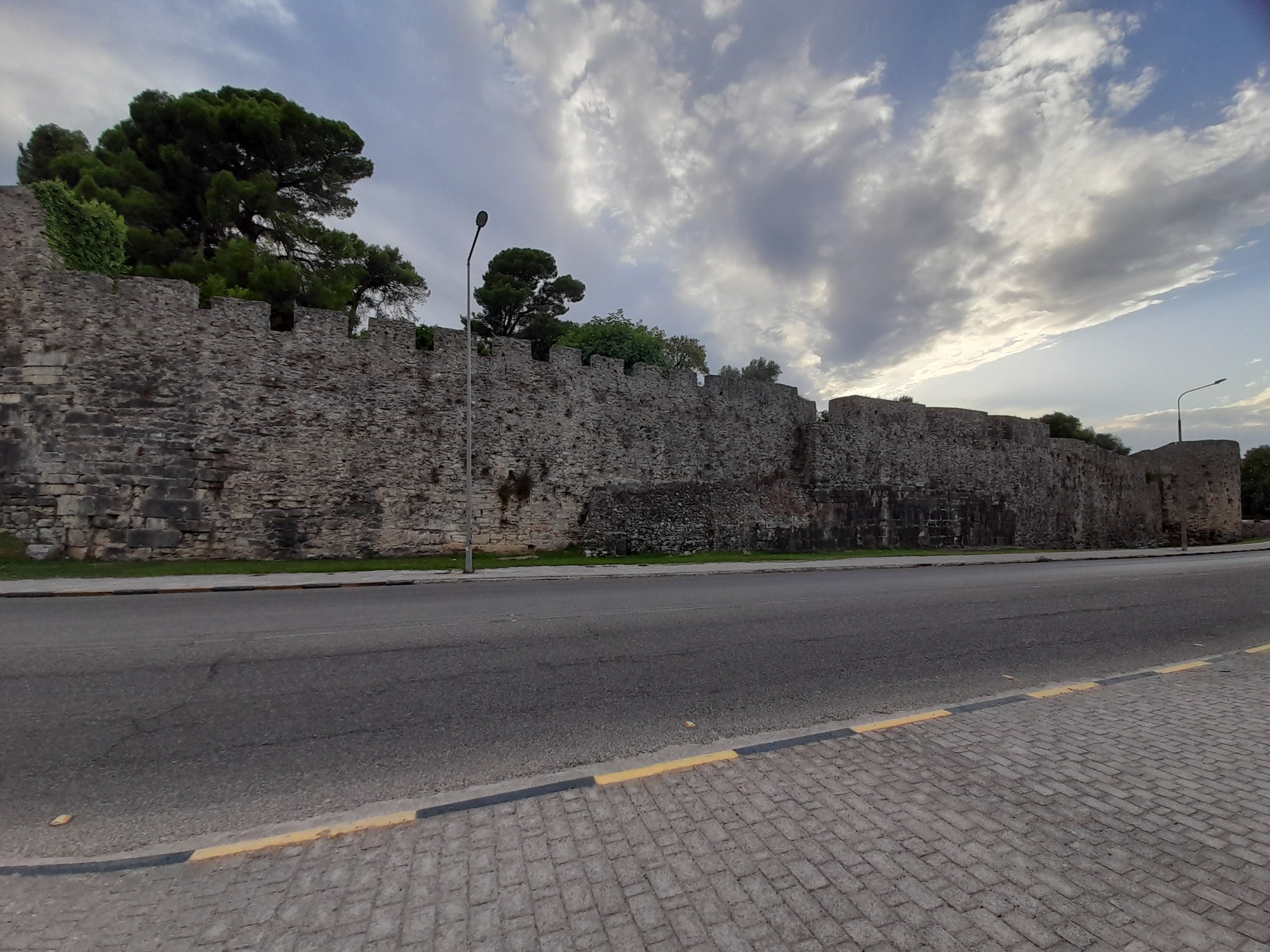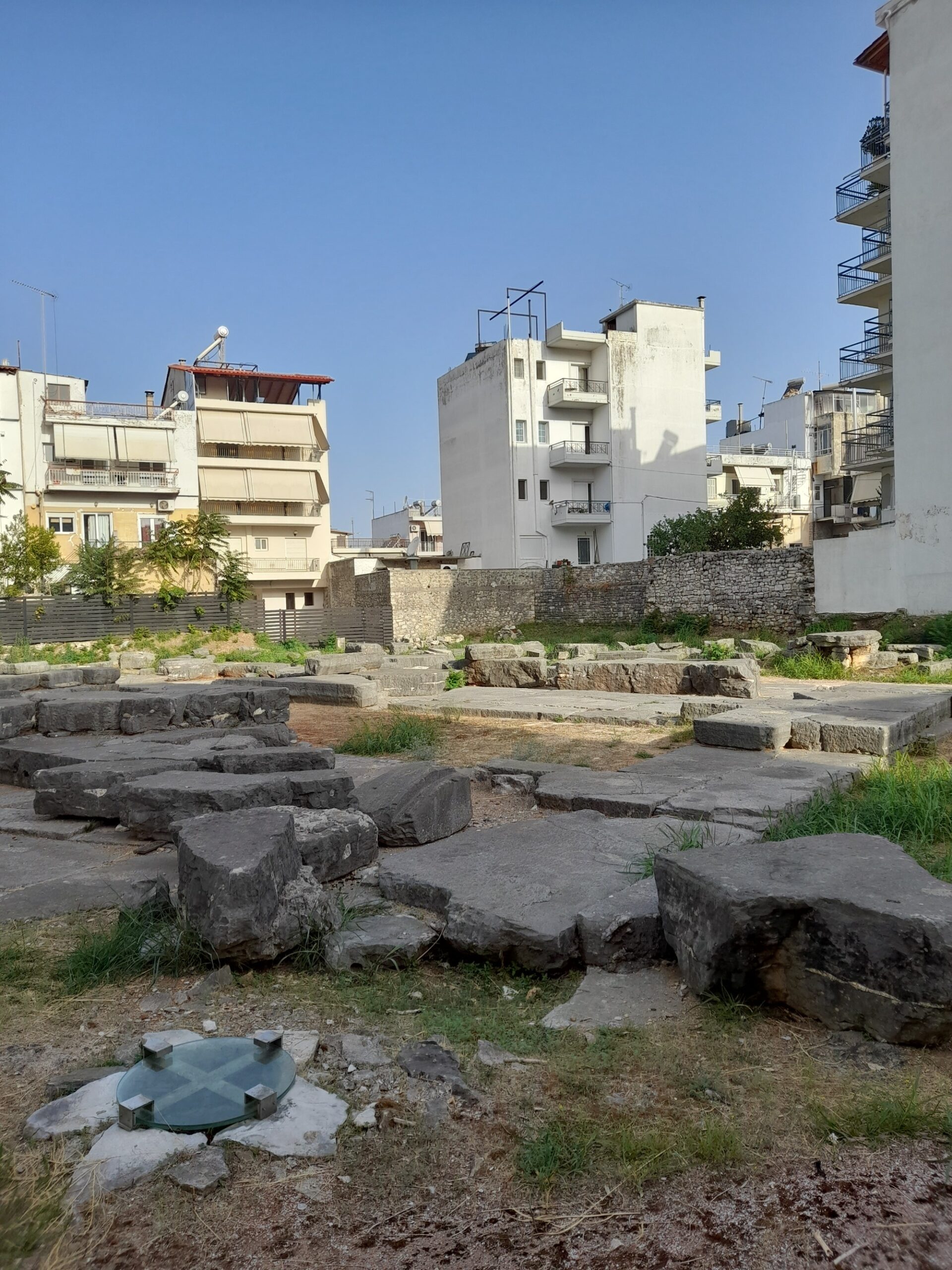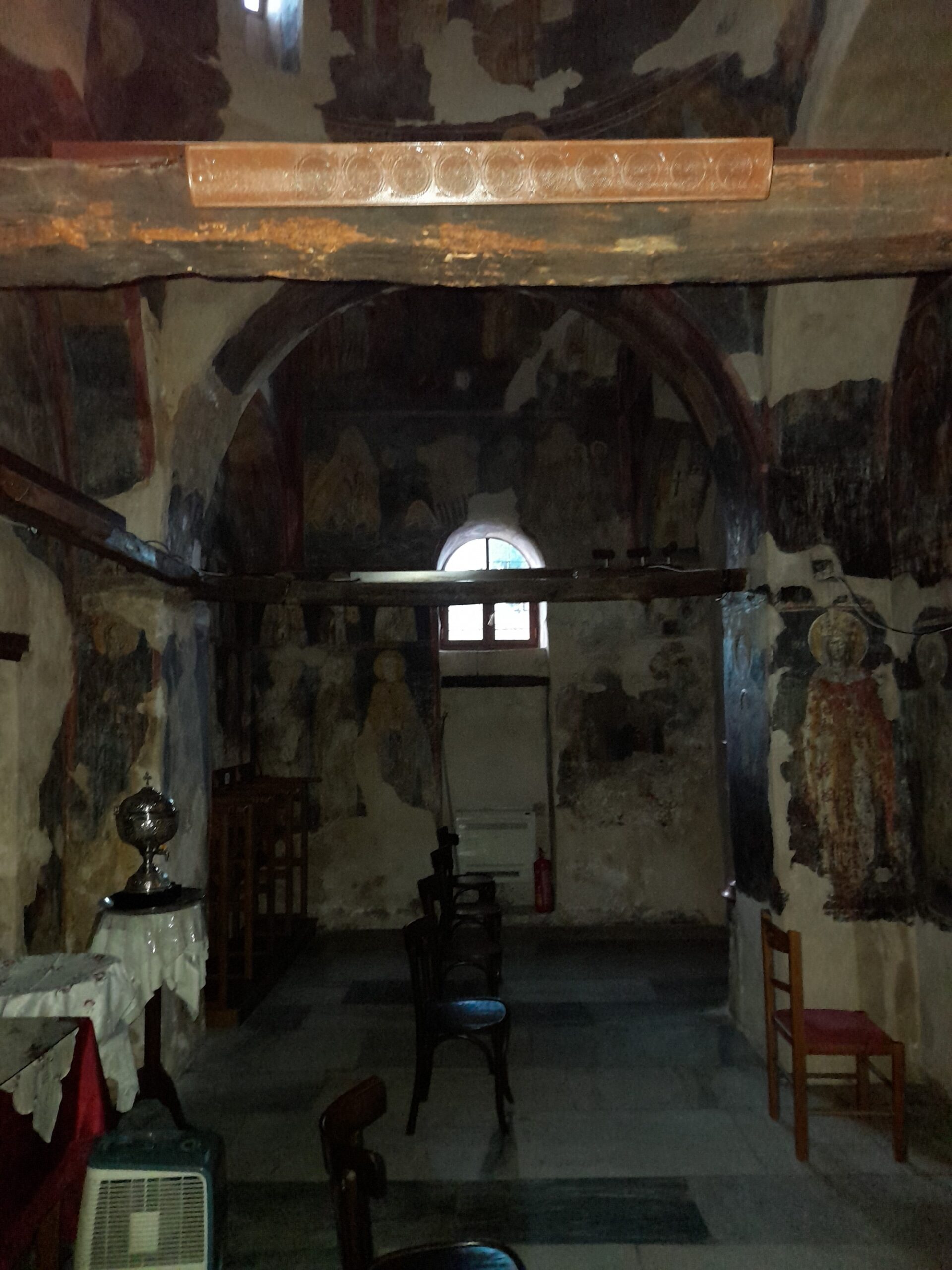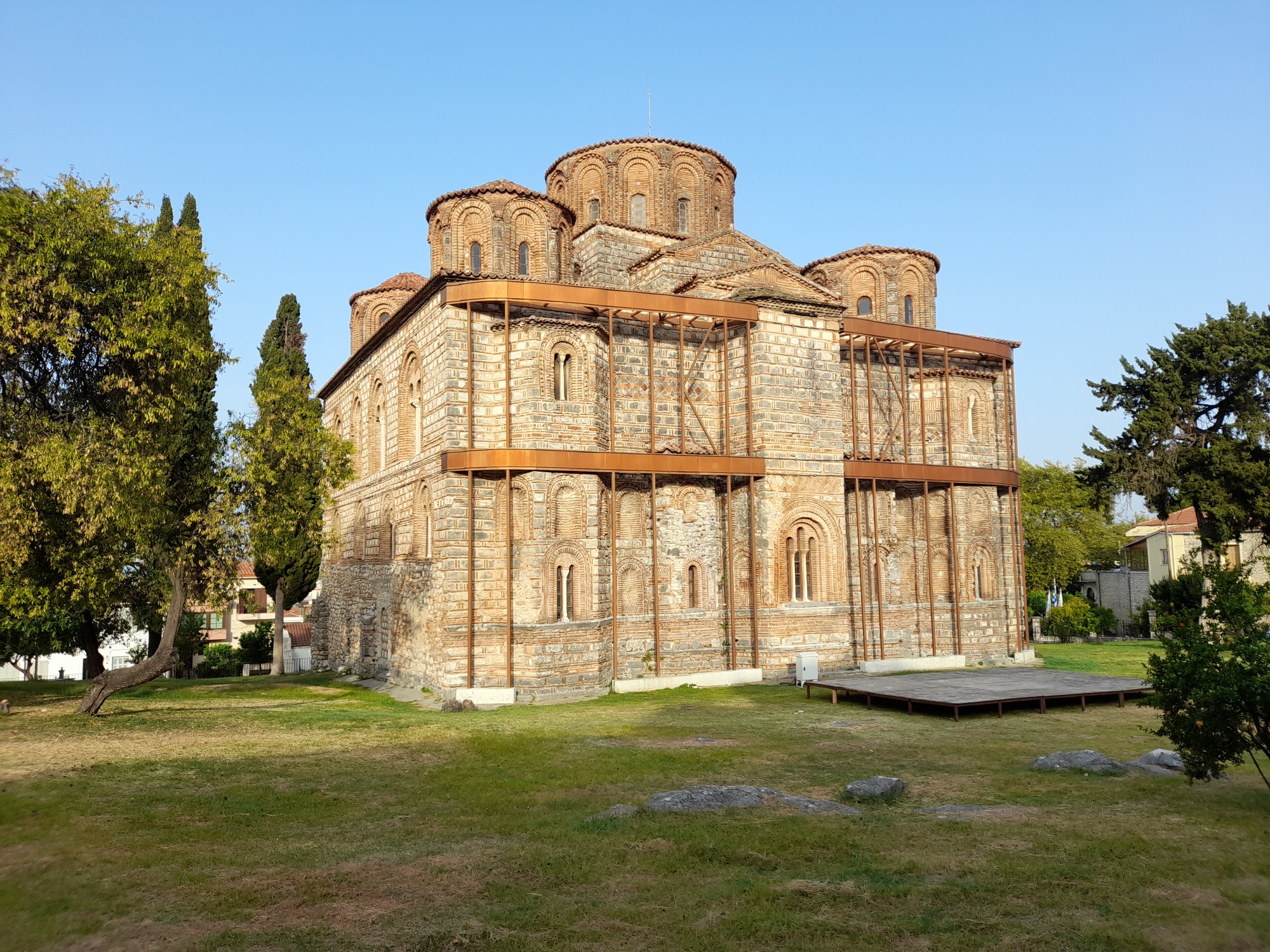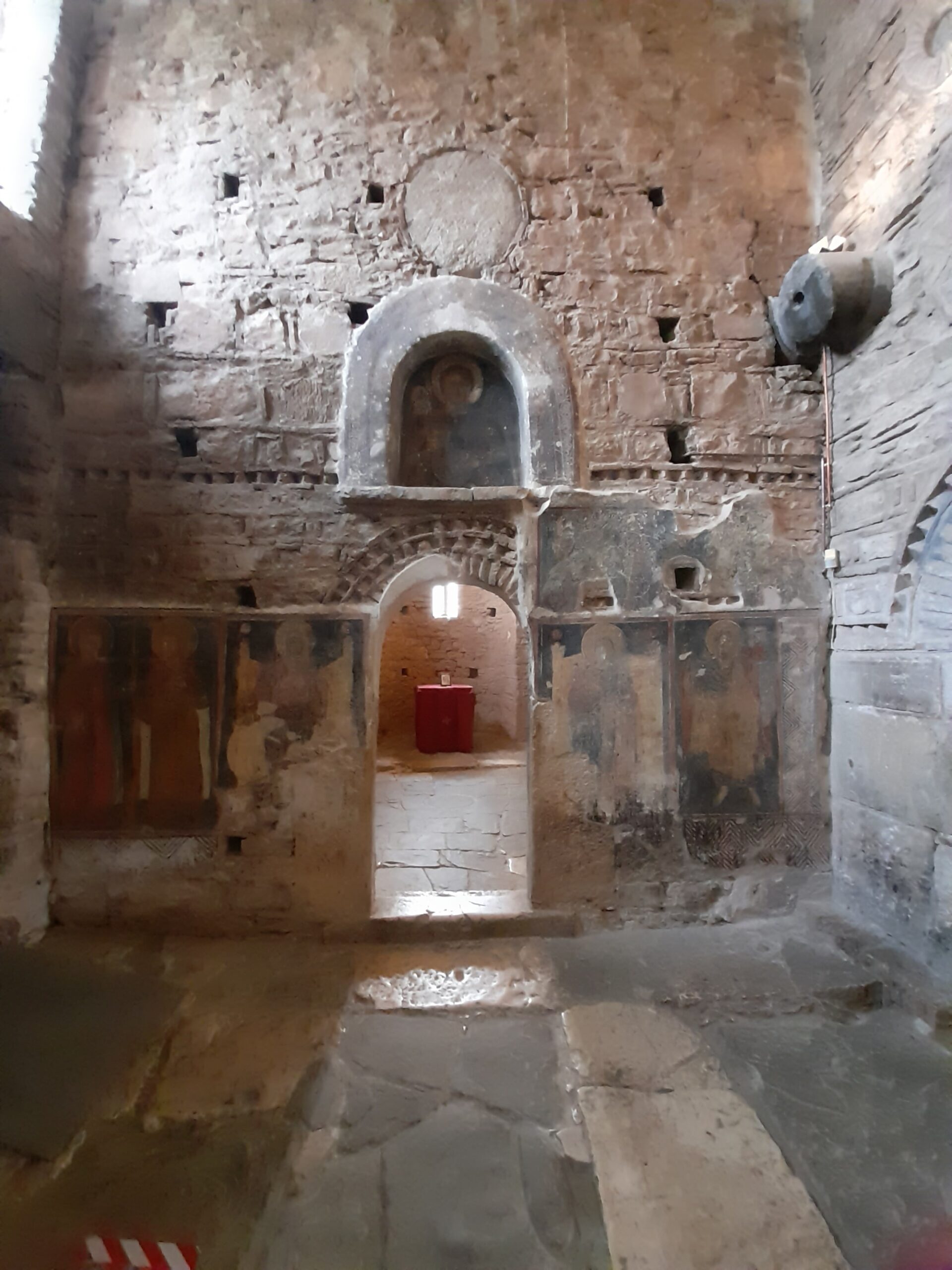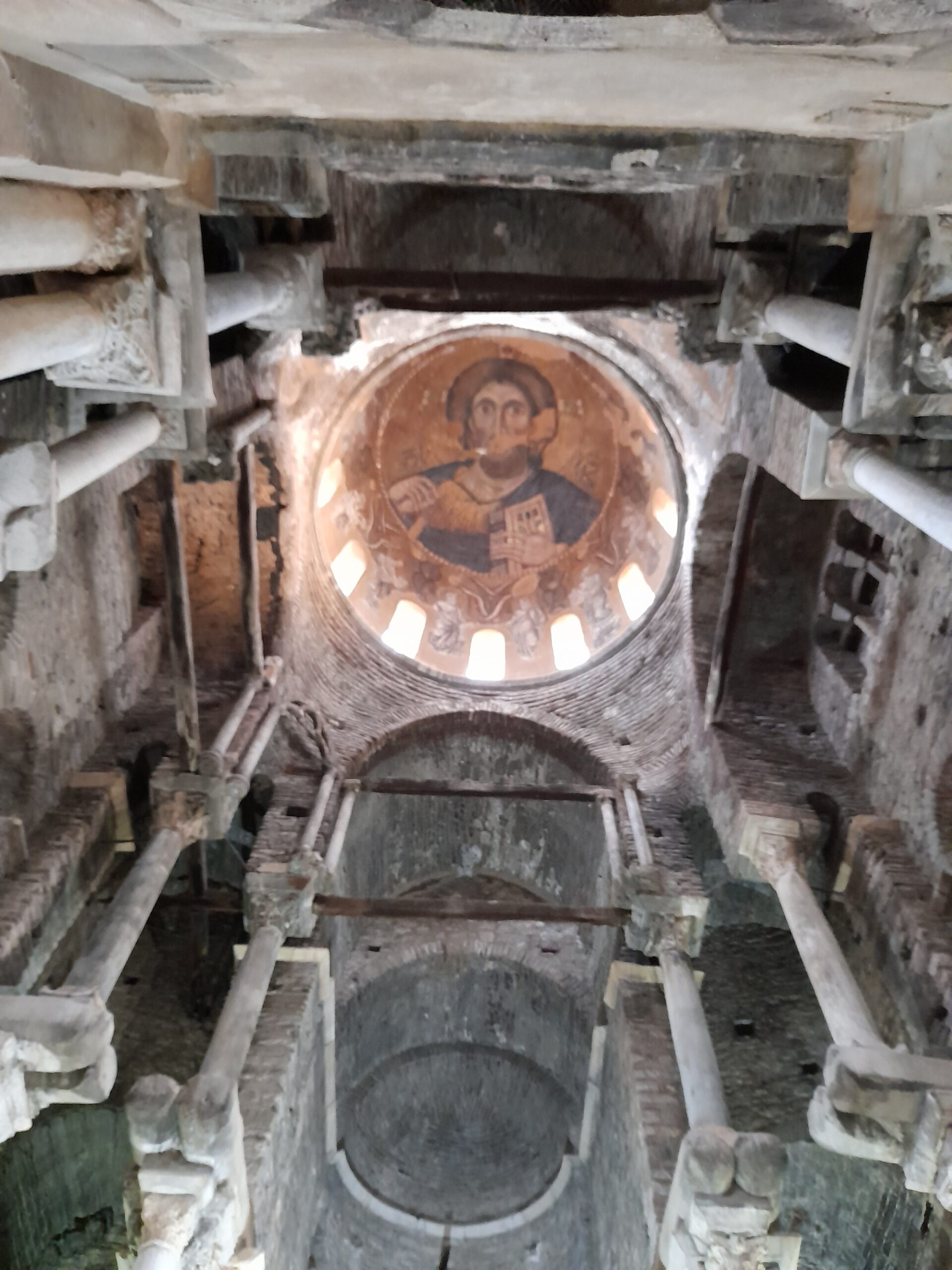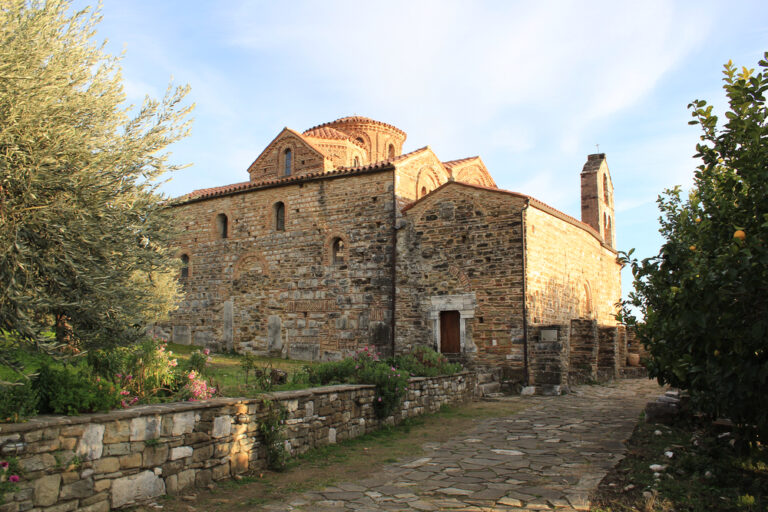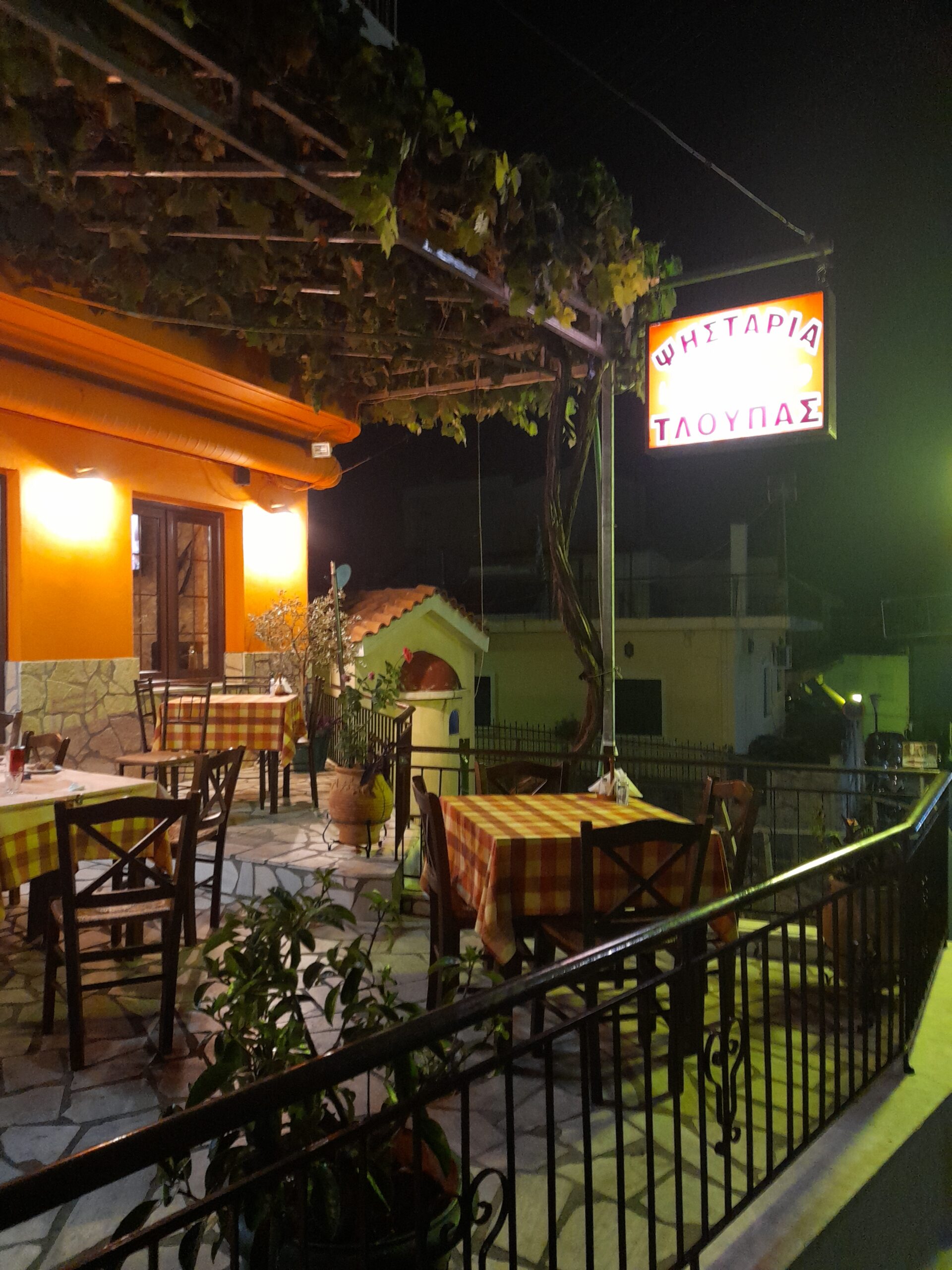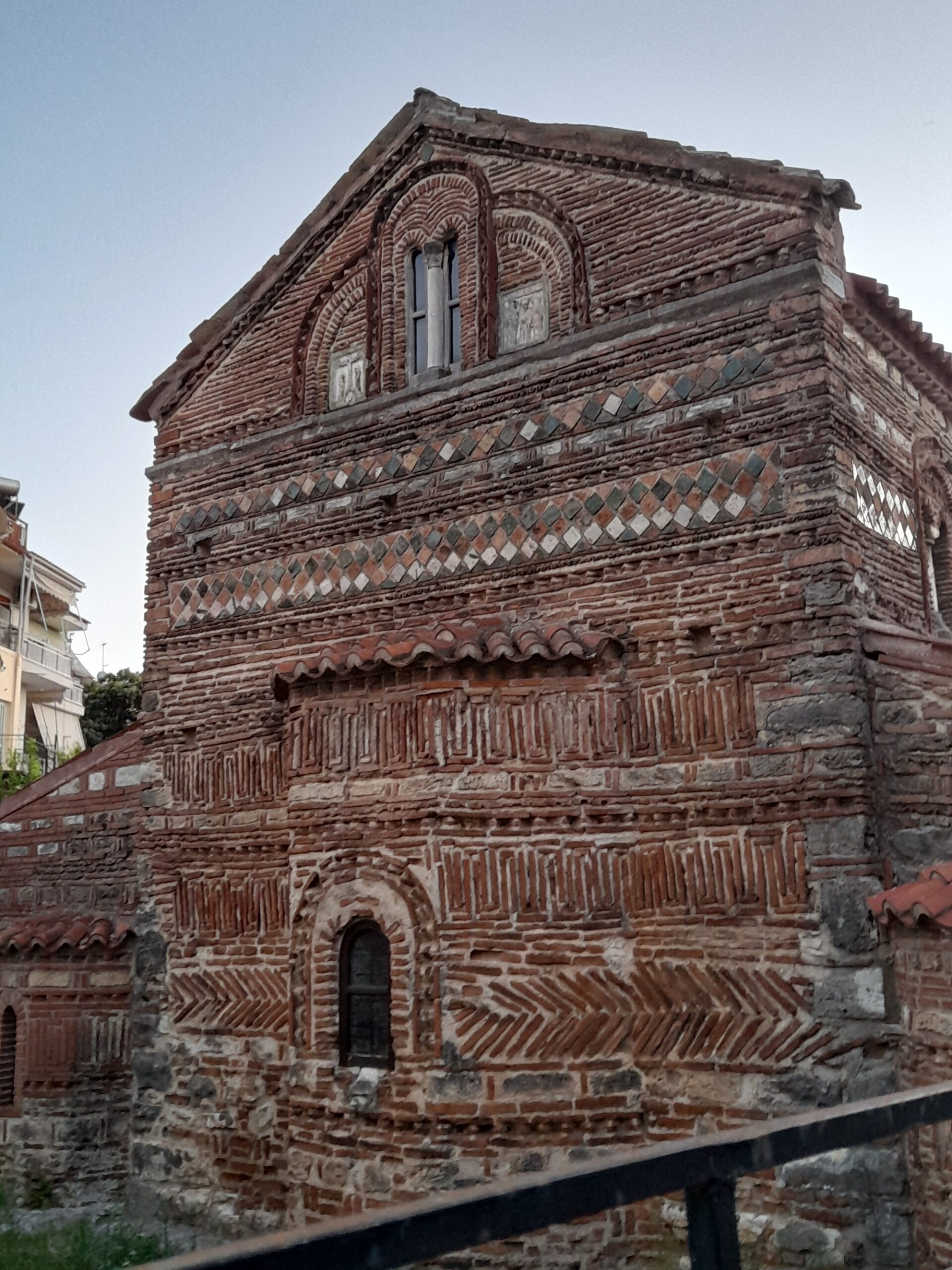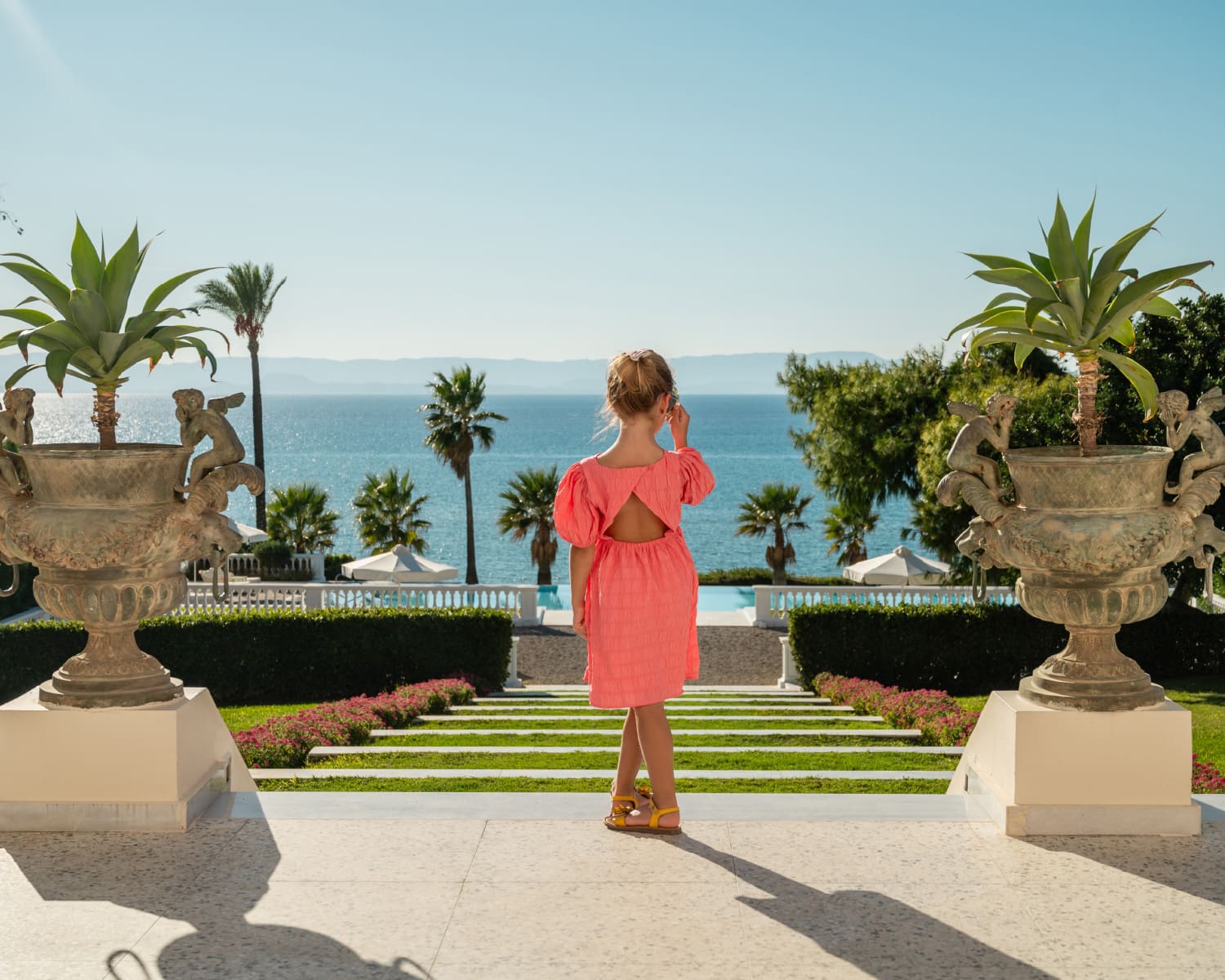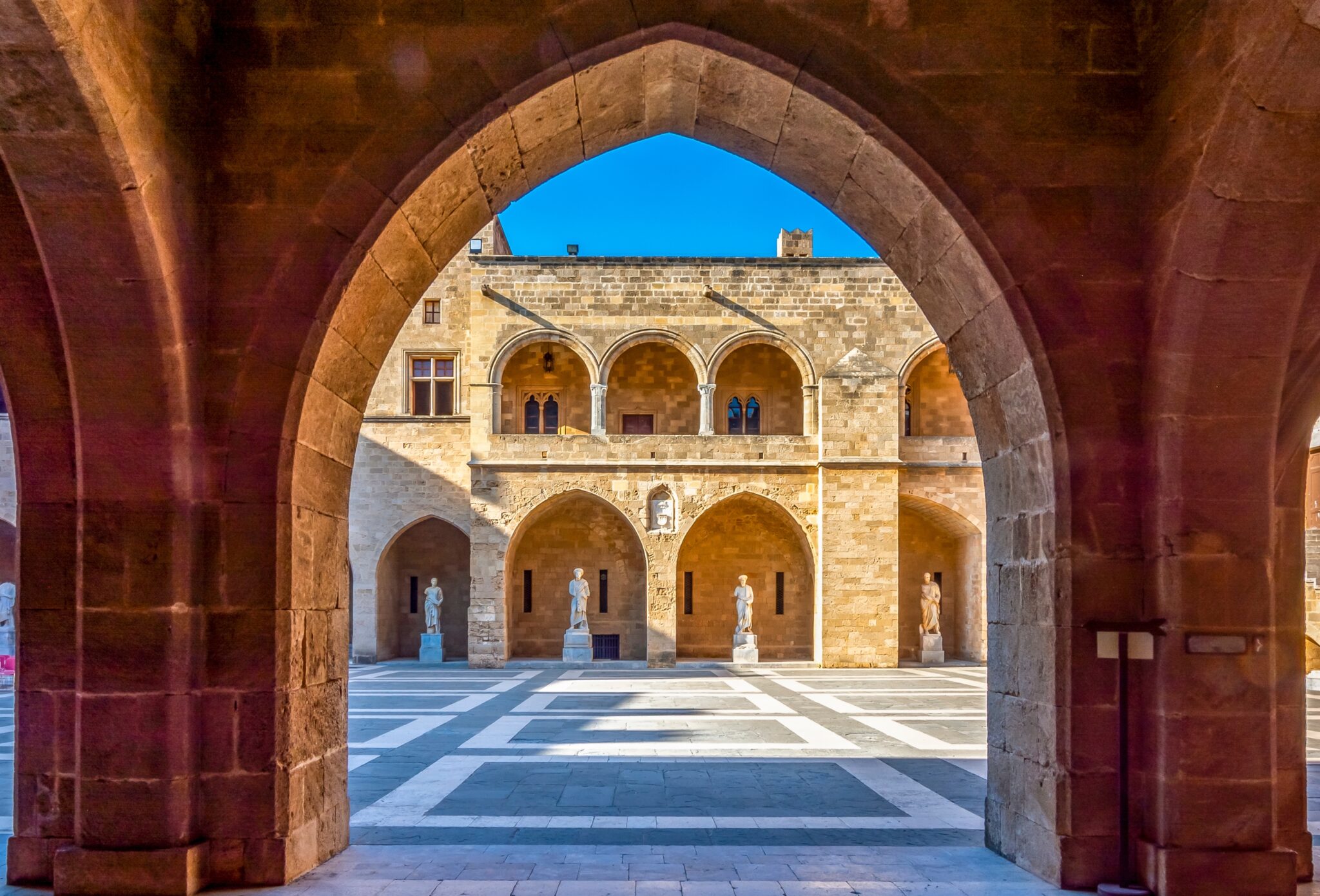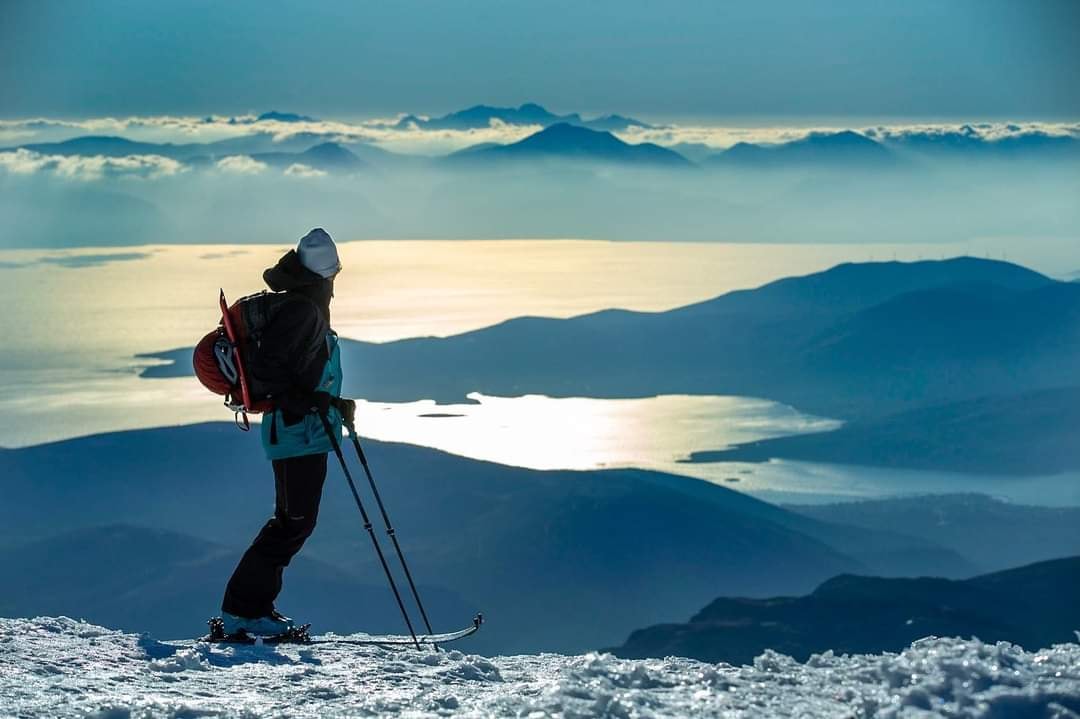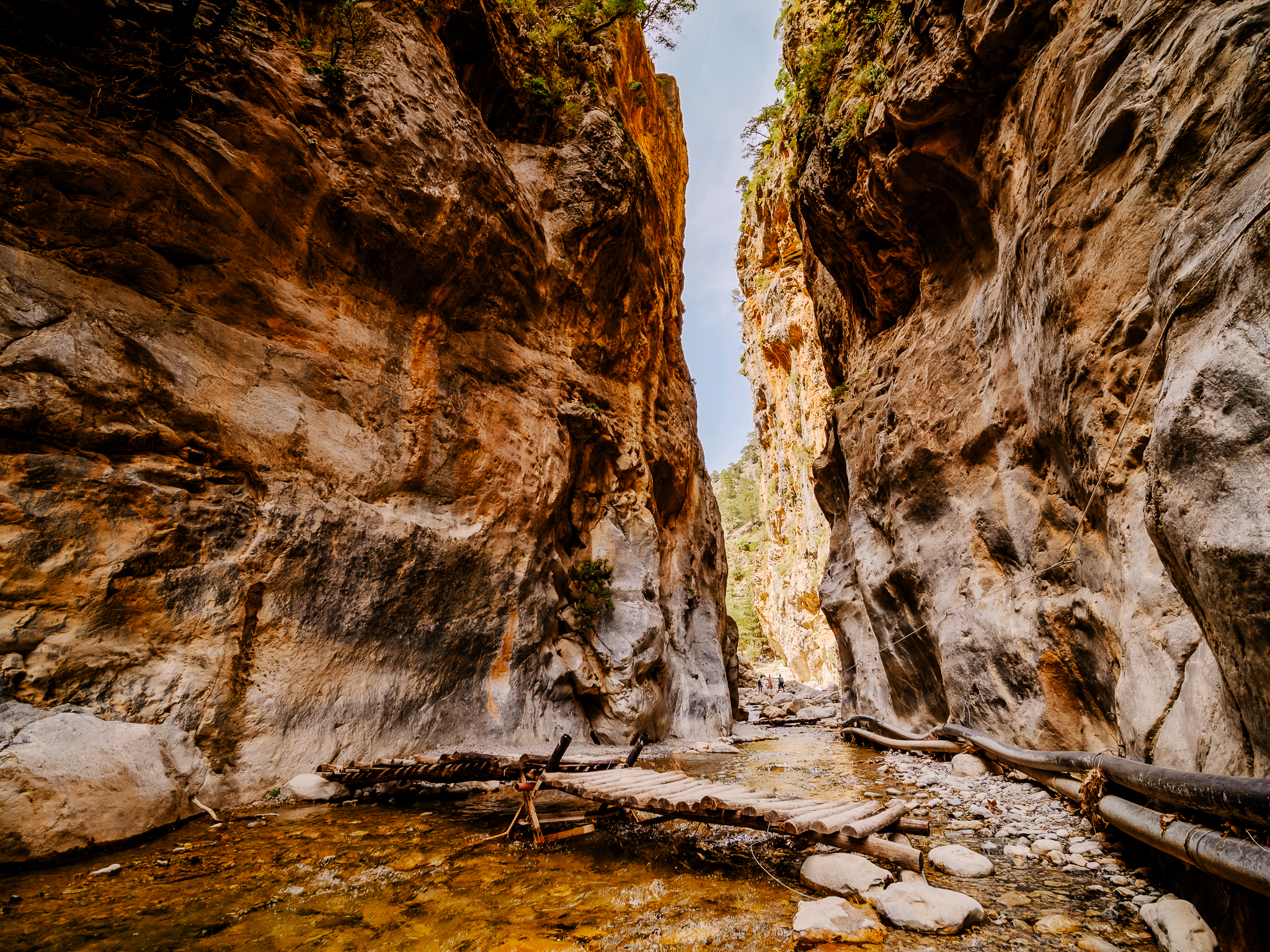Let’s be honest: when you hear the word “Arta” the first thing that comes to mind is the bridge and the second that it’s not worth going all that way just for that.
However, if you do decide to visit it, it will prove you wrong , not because the town of Arta possesses a special beauty or a vibrant night life, but because there are many points of great interest both within the town and in the surrounding areas, that deserve your attention.
Our trip from Athens to Arta starts early in the morning, we have about 350 km ahead of us, thankfully the new road makes the trip easy, but we want to take our time and enjoy it. We want to look at lake Ozeros and Amvrakia on our left, and to stop in Amfilochia to have a cup of coffee by the sea. First stop then is Amfilochia, and after we have our coffee overlooking the Amvrakikos Gulf and we discuss the final details of our trip, we get back in the car.
We stop in the centre of Arta, at the crossroads of Pirou, El. Venizelou and Skoufa roads. It’s time to leave our luggage, go for a short walk on the cobbled Skoufa street with the shops and the beautiful neoclassical buildings – one that stands out it that of the old town hall that is currently being renovated – and search for local delicacies.
Our walk leads us to the tavern “Azimouthio” in front of the church of Agia Theodora. They have tables on the small pedestrian street and specialize in casserole dishes: beef stew with tomato sauce, lachanodolmades (cabbage rolls), gigantes (baked giant -butter- beans) and baked pork shank are some of the options on the menu. In the evening we go to “19 Grada” on Skoufa street for ouzo with meze and then for cocktails at the inner yard of “Joker” on Georgiou Matsiou street. The entrance with the narrow corridor and the long bar in no way prepare you for the large protected yard on your right at the back.
The next morning, we head towards Koronisia, the small island in the Amvrakikos Gulf that is connected to the mainland by a narrow strip of asphalt. On the left there is the Logarou lagoon and on the right the waters of Amvrakikos with the ivaria by the road. Ivaria are an age-old way of fish farming. The fishermen used the area’s reeds to make traps for the fish. Koronisia has many ivaria scattered around it and supplies the wider area with fresh fish. The village is mainly inhabited by fishermen and pensioners, though they do get their share of tourists. On Frachtis beach we counted at least five camper vans.
On the other side, Logarou is a wonderful wetland, the home of pelicans, flamingos, wild ducks, egrets etc. The lagoon’s calmness with those enchanting birds swimming and flying around is a truly remarkable image. There isn’t much to do on the island, but the landscape is unique. It’s worth visiting the Byzantine church of Panagia that dates back to the 10th century, and Koulia the fortress-watchtower built by the Ottomans to control the North side of the Gulf, as well as walking on the lagoon’s coastline.
On our way back we get off the main road turning right towards the beautiful villages of Gavria and Psathotopi with the well-kept stone houses and the small gardens. At “Folia tou Kinigou” also known as “Rania’s” in Psathotopi, under the old plane tree there is a cold spring where we fill our bottles and are ready to get back in the car, but the smell of the grilled eel from Rania’s made us change our plans and we sit in the shaded garden to enjoy local dishes and warm homemade bread.
The next day we decide to visit the mountainous villages near Arta. Before heading there, we make a pit stop at Papadiotis on Skoufa for a coffee and a traditional cheese pie, and then we get on the Arta – Ioannina road. First we head to the village Korfovouni and the chapel of Profitis Ilias that is just outside the village on a hilltop, to admire the artificial Pournari lake from above; the view from there is more than stunning.
From Korfovouni there is a road that leads to the lake, its last part is a dirt road, and some spots have been corroded from the water, so if your car isn’t 4×4, park it and walk the rest of the way. The next stop is the village Rodavgi at 700 m. and the road there is among the plane trees, the walnuts and the chestnuts, and the occasional cypress.
The village is sparsely populated and covered in green, on the slope of Xerovouni, above Arachthos river. Rodavgi has a cultural association that organises various events, like the Chestnut Route (Dromos tou Kastanou), which is a walking excursion to the neighbouring village of Pistiana through a dense plane, chestnut and cherry tree forest, with watermills and founts along the way, as well as old chapels like that of Agia Paraskevi that dates back to 1600 and has lovely frescoes. The route is more or less marked but there are plans for its mapping and more thorough marking, however, if you get to the village and ask about it, the residents will be happy to show you and if the members of the association are free they’ll join you. The path has a great view of the Tzoumerka, the Pournari lake and the river. In the village, on the main road, there is a small tavern, “To Steki tou Franz” with homemade food, but it’s still early for food.
We want to get to the Tzari bridge on Arachthos river and walk along its banks, dip our feet in its clear waters and rest under a tree next to it. If you’re there during the summer you can also take advantage of the beneficial properties of clay. The path of Vidra, also known as A1, starts at the bridge and ends at the Plaka bridge, and is 17 km long, of medium difficulty. Its biggest part is near the river while the views from the path are of the mountainous mass of Tzoumerka. You don’t have to complete the whole path, you can just walk as much as you feel like, enjoy the route in nature and return to Tzari. That’s what we did, 17 km seemed too much.
After enjoying the nature around the river, we feel our stomachs asking for food and we head straight to Sofia’s tavern in Pistiana, a small village surrounded by trees. After driving all this way and then walking, a sheep skewer served with a generous serving of fries is just what we need. After our meal we are treated to chestnut ice cream, right at the same moment that a squirrel holding a large walnut is trying to climb on the plane tree across from us.
Our last day in Arta is dedicated to the town, to discover its hidden beauties. We obviously start at the historic bridge, the one that everyone over 40 learned about from the poem in primary school – if I’m not mistaken. The bridge stands tall and, even though the few waters of Arachthos make it seem a bit less glorious, it’s easy to bring to mind it’s past days of glory. The way the bridge was built shows that the first attempts to build it were made during the Hellenistic period under the rule of Pyrrhus, while later, in the Byzantine times, the arches were built, while it came to look the way it does today in the 17th century. Next to the bridge there is a huge plane tree, where rumour has it that Ali Pasha sat and looked at the corpses of the people he had ordered to be hanged. Since 1976 it has been declared a Protected Natural Monument, while across the river, the beautiful neoclassical building where the Arta Folklore Museum is housed, used to be the town’s customs office, when Arachthos used to mark the border between free and occupied by the Ottomans Greece. Near this historic bridge, on the river’s banks, you’ll find the Archaeological Museum, whose exhibition includes exhibits from the public life, the cemeteries and the private life of the people of Amvrakia, and they span from the Palaeolithic Period to the Roman Times, with the majority being from the Hellenistic period. That is, from when the area of Amvrakia was the financially and politically strong base of the state of Epirus.
Up next, after the museum, it’s time for the Castle of Arta that is well preserved and is less than ten-minutes-walk from the city centre. The Castle was originally built in the 13th century, but during the Ottoman rule, in the 14th century, alterations were made. In its interior you’ll find Kastraki or Itç Kale, the last refuge of the besieged, with the crypts and closed arched halls, and also the abandoned now Xenia hotel. One of the Castle’s sides is part of the ancient Amvrakia’s fortification, remains of which are scattered around town. A beautiful walk is that around the Castle and the small neighbourhoods that surround it. The part on the right of the gate with the stone houses until the walls of ancient Amvrakia is the most beautiful one. You can also walk on the road next to Arachthos from the Castle up to the park by the river.
The small theatre of Amvrakia is in the centre of Arta, and it’s built over older baths. It was constructed at the end of the 4th century – early 3rd century BC and the excavations revealed the mosaic of the baths, the theatre’s orchestra and a golden stater of Philip II, the first gold coin to be discovered in excavations in Epirus. Very close to the theatre, there are the remains of the Temple of Apollo Pythios Sotir. It was a built according to the Doric rhythm and was majestic, and also the most important temple of the town, but today only some parts of it still stand.
Before we reach Apollo’s temple we stop at the gorgeous Byzantine church of Agia Theodora. The original building was a women’s convent dedicate to Agios Georgios and it’s dated between the 11th and 12th century. Only the church, the gate, the well and the chapel of Metamorfosi remain now. Inside the church there is the tomb of Agia Theodora, while her remains are kept in a silver embossed case. The church that is truly impressive and incredibly imposing is the 13th century Panagia Parigoritissa with the lovely frescoes, like the one on the Northern arch where the birth of Christ, with various saints, the three wise men, the shepherds, the Evangelists and the prophets standing around him, is pictured. As well as with the architectural innovations, like the columns supporting the main dome. Legend has it that the main builder and his assistant fell off the church’s roof during a fight and were transformed into the stones at the back of the church, and then Panagia (Holy Mary) appeared to the assistant’s mother to console her for her loss. This consoling role of Panagia is what gave the church its name (Parigoritissa means the one providing consolation). Another church that is lovely is that of Agios Vasilios tis Agoras, probably of the 13th century, with the elaborate patterns in brick and tile on the outside, and also the convent of Kato Panagia, also of the 13th century, built by the Despot of Epirus Michael II Komnenos Doukas, the husband of Agia Theodora. The great Byzantine past of the town has left a huge legacy of ecclesiastical monuments and we could dedicate a whole trip just to them.
Our walk continues outside the town to the village Vlacherna to visit the church of Panagia Vlacherna – it got its name from the famous Panagia Vlacherna in Constantinople – where the members of the Komnenos – Doukas family are said to have been buried. Built in the 10th century as a three-aisled vaulted basilica, in the 13th century three domes were added and it’s almost opposite of the Castle that used to be the palace of the Komnenos – Doukas clan. Only the church of the original convent survives, the cells, the surrounding wall and the columns are more recent constructions. The aisles’ pillars, possibly come from Roman or early Christian churches and are Corinthian and Ionic capitals, while the mosaic with the double-headed eagle in the centre is very impressive.
It’s the afternoon and we head to the Ano Poli or Valaora or favellas as some locals call the area, with narrow alleys, the uphill roads and the cramped houses. That’s where the tavern “Tloupas” is located. We got a table under the large vine tree, and ordered tsipouro (traditional pomace raki) first, and then grilled sheep ribs and delicious kokoretsi (intestines wrapped around offal). The next morning, before we left the town, we went for coffee and dessert to the patisserie “Portatif”, where you can order your coffee, choose one of the lovely desserts in the display, that will be brought to you at your table and take your time enjoying it. There’s also another “Portatif” patisserie in Kolonaki, Athens.
INFO
Azimouthio Tavern, 3 Agias Theodoras street, Arta, tel. 0030 2681074646
“19 Grada” restaurant, 53 June 24th square, Arta, tel. 0030 6946489529
Joker bar, 12 Georgiou Matsiou street, Arta, tel. 00 30 2681028069
“Folia tou Kinigou” Tavern, Psathotopi, tel. 0030 6972785324
“To Steki tou Franz” tavern, Rodavgi, tel. 0030 2683071253
“Sofia” tavern, Pistiana, tel.0030 2683071559
“Tloupas” Tavern: 2 Davaki street, Ano Poli, Arta, tel. 0030 2681301321
Croissant Papadiotis, 174 Skoufa street, Arta, tel. 0030 2681077011
Patisserie “Portatif” 115 Kommenou street, Arta, tel. 0030 2681022228



